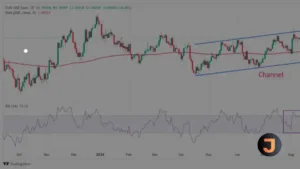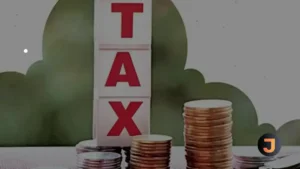Decoding the Halving
The enigmatic Satoshi Nakamoto’s creation, Bitcoin, has brought about a paradigm shift in the financial landscape with its decentralized digital currency model. At the heart of Bitcoin’s architecture lies the halving mechanism, a pivotal process that curtails the pace at which new coins are minted, thereby cementing its rarity. For those keen on comprehending Bitcoin’s allure and its prospective path, the halving is a concept that demands attention.
Approximately every four years, or after 210,000 blocks have been mined, the Bitcoin network undergoes what is known as a halving event. This critical juncture slashes the miners’ rewards for validating transactions by half, consequently slowing down the issuance of new bitcoins. This deflationary strategy is Bitcoin’s answer to controlling inflation, a stark contrast to the traditional fiat currency systems susceptible to devaluation through excessive printing.
Miners face heightened competition and increased operational costs due to the halving, as they vie for smaller rewards with greater resource investment. Despite these challenges, halvings have historically led to a surge in Bitcoin’s price, underscoring the classic economic principle of supply and demand.
The psychological impact of the halving on investors and the market at large cannot be overstated. It acts as a bullish beacon, reinforcing Bitcoin’s scarcity and bolstering investor confidence. The halving is a timely reminder of Bitcoin’s capped supply in an era where fiat currencies are printed without limit.
Bitcoin’s Quest for Digital Scarcity
Bitcoin’s journey towards becoming “digital gold” is inextricably linked to its pursuit of digital scarcity. With a maximum supply of 21 million coins, Bitcoin stands as a bulwark against inflation—a quality that makes it an appealing asset for long-term investment. This scarcity principle has not only cemented Bitcoin’s status as a viable financial instrument but has also fostered a thriving community of developers and users dedicated to its advancement.
The Halving and Market Dynamics
The halving’s influence extends to the broader market dynamics within the cryptocurrency sphere. A reduction in new coin production can trigger a “supply shock,” potentially leading to price volatility and market fluctuations. The mining landscape also adapts post-halving, with profitability pressures reshaping the network’s composition. Moreover, Bitcoin’s price movements post-halving can send ripples across the entire cryptocurrency market, inciting volatility and heightened trading activity.
For those interested in delving deeper into Bitcoin’s halving and its implications for digital scarcity, bitbot-app.com offers extensive educational resources to guide traders through Satoshi’s vision and the intricacies of this transformative digital asset.






